Today, I’m going to talk to you about the things I wish I knew when I first starting running. Mainly, I’ll focus on injury prevention and runner’s maintenance because let’s face it, they both come hand in hand. This blog is especially for those beginner runners or for people who are thinking about starting to run.
Shoes
I’ll talk about injury prevention and runner’s maintenance, but the first thing I would like to talk about is SHOES, YES SHOES! Now I know real proper running shoes can be quite expensive, but if you are serious about running, you need to know that shoes are one of the most important items. Did you know that the average runner impact is 3.5 – 5 times their weight, and all that impact is absorbed through your legs and feet? The right shoe can enhance your performance and prevent injury.
There are 3 types of runners:
- Overpronators
- Normal pronators
- Supinators
There is a right shoe out there for all types of runners. When buying a shoe, I suggest you go to a proper running shoe store where professionals can get you in the right shoe. Your feet are very important so you want to take care of them!
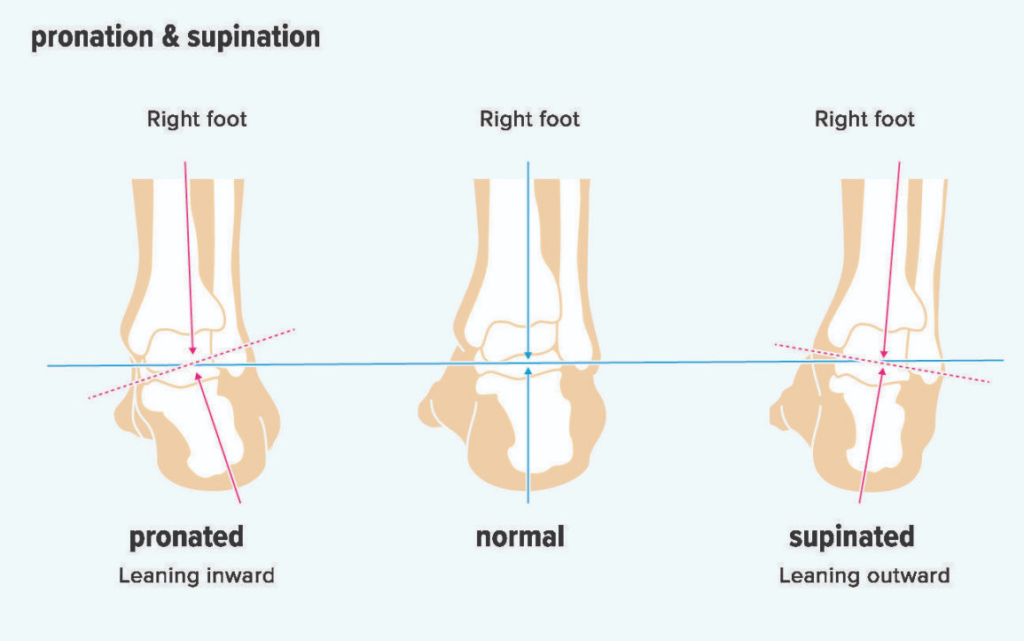
Running Injury Prevention Techniques
- Make sure you warm-up, whether it’s an easy jog or dynamic mobility stretches like leg and arm swings for 5-10 min.
- Get a running coach or have someone video record your run. You want to make sure you perfect the proper running technique.
- Book a running assessment with a physiotherapist.
- Strengthen your hips with glute bridges and single-leg squats. Runners do not get strong glutes from running so it’s important for you to do some strength training.
- Try running on softer surfaces like grass or tar sidewalks – the softer the ground the less impact.
- When it’s time to increase volume, only increase by 10% at a time.
- Finally, take care of any nagging injuries right away so it doesn’t get worse. And try adding some low-impact cross-training like biking and swimming.
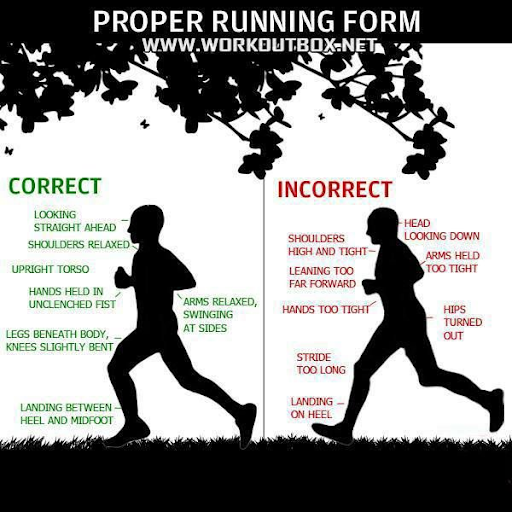
Dynamic Stretch Examples
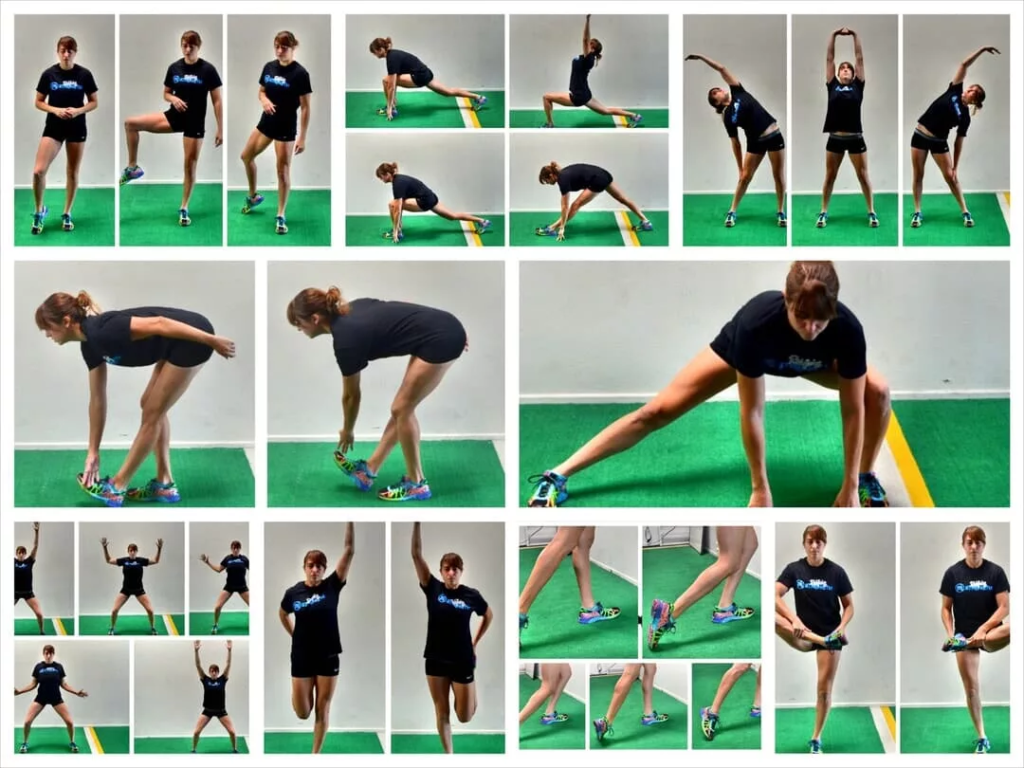
Static Stretch Examples
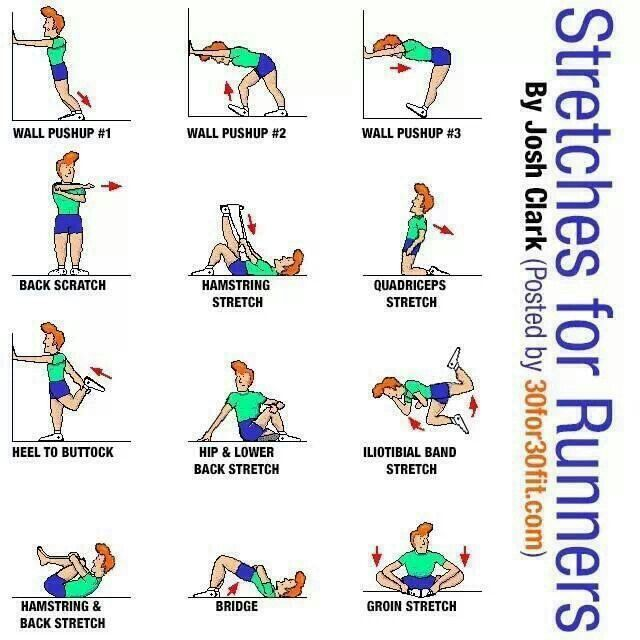
Common Running Injuries
80% of running injuries are caused by repetitive stress.
1. Runner’s Knee
First runner-up is the Runner’s Knee aka patellofemoral syndrome. Now, this happens to be my favorite. Why might you ask? Well because I’ve personally experienced this pain. I had to take time off from running because I ignored the signs and had to rest due to ending up with runner’s knees. This is an overuse injury caused by high-impact sports such as running and jumping. The high impact causes inflammation and gradual softening of the cartilage under the kneecap that prevents the knee cap from gliding smoothly. Hip weakness and the muscles that surround the knee are put at higher risk.

Runner’s Knee Prevention
To help with prevention, you’ll want to strengthen the quads, hamstrings, and calves; as well as, stretch the quads and calves. Pain in the knee cap is a symptom of this injury especially when you are descending stairs, after prolonged sitting, and doing lunges and squats.
Runner’s Knee Recovery
Some recovery techniques that I found helpful are myofascial release of the hips and quads from Massage Therapy and IMS from physio.
2. Iliotibial Band (ITB) Syndrome
Next runner up is Iliotibial Band (ITB) Syndrome. This is caused by repetitive friction of the ITB rubbing against the leg bone causing lateral knee pain (outside of knee). You might get this injury from running on banked surfaces, not properly warming up/cooling down, or increasing distance too quickly. A symptom of this injury is a stinging sensation outside of the leg just above the knee that will worsen during activity. As a Massage Therapist, this is a common injury I see the most and it’s not always with runners; I see it with cyclists and even horse riders.
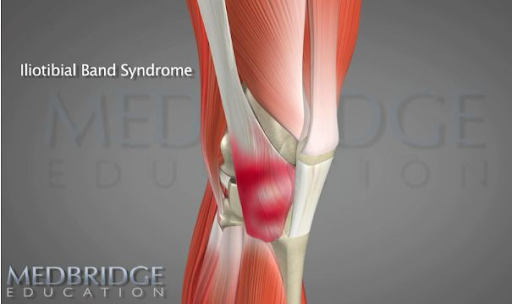
ITB Syndrome Recovery
A good way to treat this syndrome is by using Myofascial Cupping because there are only a few techniques that are longitudinal, cross fiber, and circular. Cup gliding with these techniques enhances the release of interfaces between the neural tissues, fascia, skin, and ligaments. Park Cupping is known to help with blood flow, pain, inflammation, and relaxation. Now lots of people believe to be bruised after treatment; but in fact, it’s not bruising. Cupping causes the skin to rise and the blood vessels to expand. For minor ITB injuries, you can perform short-term treatments such as decreasing your training, icing the knee immediately after activity, alternating your running direction on a pitched surface, and stretching as much as possible (as much as the injury will allow).
Did you know that in the 2016 Rio Olympics, many athletes with a year history of ITB pain reported instant relief following a 3 min cupping session?
3. Plantar Fasciitis
Plantar Fasciitis is the most common foot injury and one I see a lot of in the massage room. It involves irritation or degeneration of the thick layer of tissue called fascia. Common causes for this injury are running forefoot, running uphills, overpronation, and improper shoe selection. Symptoms of this injury are pain on the bottom of your feet and heels during the first few steps in the morning (which subsides after walking a while), and pain at the bottom of your feet and heels at the beginning of exercising.
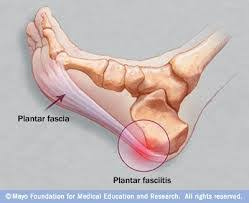
Plantar Fasciitis Prevention
Wear proper shoes. Don’t go barefoot on hard surfaces, add low-impact exercise like swimming into your routine, and stay away from high heels (especially if your gait and sole of the foot is more prone to getting Plantar Fasciitis.
Plantar Fasciitis Recovery
- Myofascial Cupping on the bottom of your feet
- Roll your foot over a frozen bottle of water post-run
- IMS/ Acupuncture
- Rest
- Physiotherapy
- Orthotics
Have a plan
So what this really comes down to is you need a plan.
- Create a plan where you slowly increase your distance and speed.
- Stretch!!!
- Know when you need to stop or keep going and really listen to your body. Don’t worry about what other people are doing.
If you are a beginner runner or even intermediate, I highly recommend reading this book called “Running Start to Finish” by John Stanton. It covers everything from what to eat, what to wear in different seasons, what type of shoes to wear, to even sharing sample running programs from 2.5 km all the way to a full marathon. This book has helped me a great deal!
Remember to take care of yourself! You’re working hard, so you need to rest and maintain your recovery needs.
I hope this helps beginner runners become aware of the signs and symptoms of common running injuries and to know when to seek help with recovery before an injury gets too severe.
All there’s left to say is: HAPPY RUNNING!
Ashley Landreth
Registered Massage Therapist
